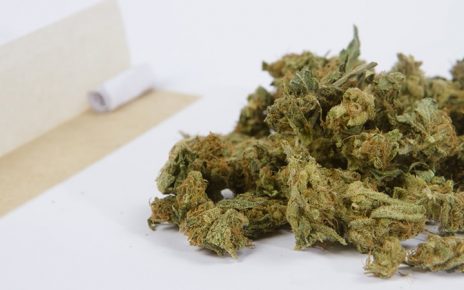TOPLINE:
Black psychiatric inpatients are 85% more likely to be restrained with a physical or mechanical hold or with medication than White patients, and often for longer periods, new research suggests.
METHODOLOGY:
-
The study, part of a larger retrospective chart review of inpatient psychiatric electronic medical records (EMRs), included 29,739 adolescents (aged 12–17 years) and adults admitted because of severe and disruptive psychiatric illness or concerns about self-harm.
-
A restraint event was defined as a physician-ordered physical or mechanical hold in which patients are unable to move their limbs, body, or head or are given medication to restrict movement of the patient.
-
Researchers used scores on the Dynamic Appraisal of Situational Aggression (DASA) at admission to assess risk for aggression among high-risk psychiatric inpatients (scores ranged from a low of 0 to a high of 7).
-
From restraint event data extracted from the EMR, researchers investigated whether restraint frequency or duration was affected by “adultification,” a form of racial bias in which adolescents are perceived as being older than their actual age and are treated accordingly.
TAKEAWAY:
-
Of the entire cohort, 1867 (6.3%) experienced a restraint event, and 27,872 (93.7%) did not.
-
Compared to White patients, restraint was 85% more likely among Black patients (adjusted odds ratio [aOR], 1.85; P < .001) and 36% more likely among multiracial patients (aOR 1.36; P = .006), which researchers suggest may reflect systemic racism within psychiatry and medicine, as well as an implicit or learned perception that people of color are more aggressive and dangerous.
-
Lower DASA score at admission (P = .001), shorter length of stay (P < .001), adult age (P = .001), female sex (P = .042), and Black race compared with White race (P = .001) were significantly associated with longer restraint duration, which may serve as a proxy for psychiatric symptom severity.
-
Neither age group alone (adolescent or adult) nor the interaction of race and age group was significantly associated with experiencing a restraint event, suggesting no evidence of “adultification.”
IN PRACTICE:
It’s important to raise awareness about racial differences in restraint events in inpatient psychiatric settings, the authors write, adding that addressing overcrowding and investing in bias assessment and restraint education may reduce bias in the care of agitated patients and the use of restraints.
SOURCE:
The study was carried out by Sonali Singal, BS, Institute of Behavioral Science, Feinstein Institutes for Medical Research, Manhasset, New York, and colleagues. It was published online October 19 in Psychiatric Services.
LIMITATIONS:
The variables analyzed in the study were limited by the retrospective chart review and by the available EMR data, which may have contained entry errors. Although the investigators used DASA scores to control for differences in aggression, they could not control for symptom severity. The study could not examine the impact of race on seclusion (involuntary confinement), a variable often examined in tandem with restraint, because there were too few such events. The analysis also did not control for substance use disorder, which can influence a patient’s behavior and be related to restraint use.
DISCLOSURES:
Singal reported no relevant financial relationships. The original article has disclosures of other authors.
For more news, follow Medscape on Facebook, X, Instagram, and YouTube.
Source: Read Full Article



